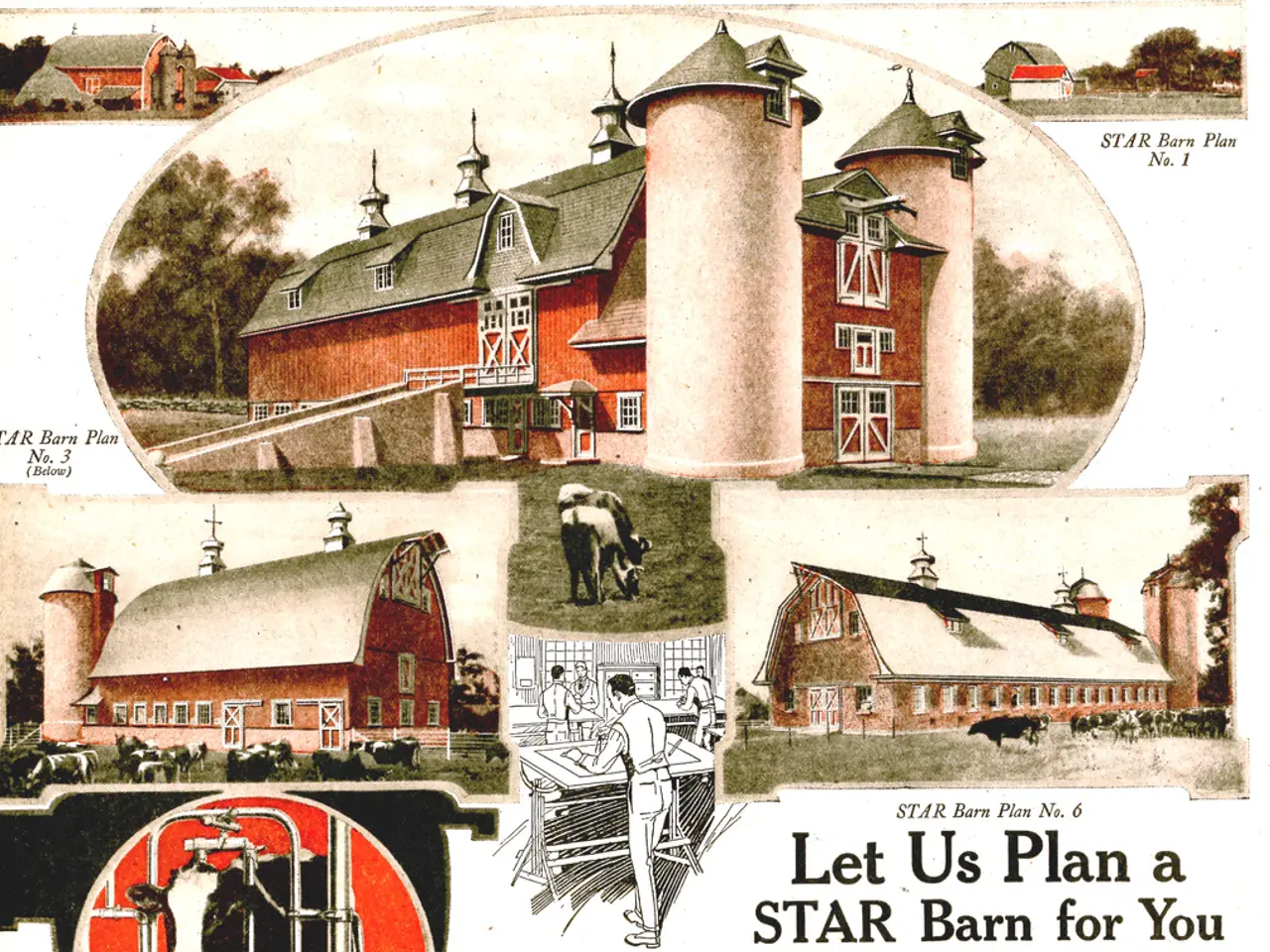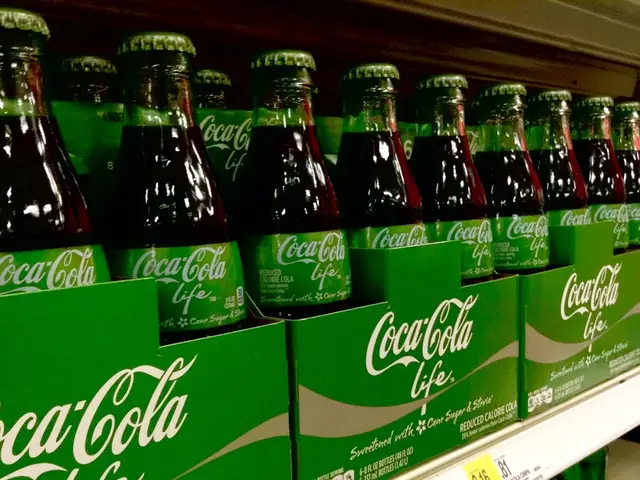Nestlé's Regenerative Agriculture Push to Slash Carbon Footprint
Nestlé, the world's largest food and beverage company, is taking significant steps to reduce its carbon footprint. The company has adopted regenerative agriculture practices and is investing in innovative technologies to lower emissions from its agricultural operations.
Two-thirds of Nestlé's carbon emissions originate from agriculture. To tackle this, the company has established a grains capacity center (GCC) in Harbin, China, serving as a testbed for regenerative agriculture. Practices such as planting soybeans between rows of corn and rotating crops are being implemented to improve soil health and reduce CO2 emissions.
In its Dairy Farming Institute (DFI) in Harbin, home to around 3,500 cows, Nestlé is using technology to enhance sustainability. Cows wear smart collars for real-time health and well-being monitoring. Additionally, a dry-wet separation method is employed for cow dung, recycling both liquid and dry parts for fertilization and bedding material.
Researchers at Nestlé DFI are also working on optimizing livestock feed composition using grain as a key ingredient. This aims to minimize the carbon footprint by reducing emissions from cows' burps and flatulence, a significant source of agricultural emissions.
Nestlé's Net Zero Roadmap targets a 50% reduction in greenhouse gas emissions by 2030 and net-zero carbon emissions by 2050. The company's efforts in regenerative agriculture and innovative technologies at its DFI ranch demonstrate a commitment to achieving these goals and contributing to a more sustainable future.
Read also:
- MRI Scans in Epilepsy Diagnosis: Function and Revealed Findings
- Hematology specialist and anemia treatment: The role of a hematologist in managing anemia conditions
- Enhancing the framework or setup for efficient operation and growth
- Hydroelectric Power Generation Industry Forecasted to Expand to USD 413.3 Billion by 2034, Projected Growth Rate of 5.8% Compound Annual Growth Rate (CAGR)








